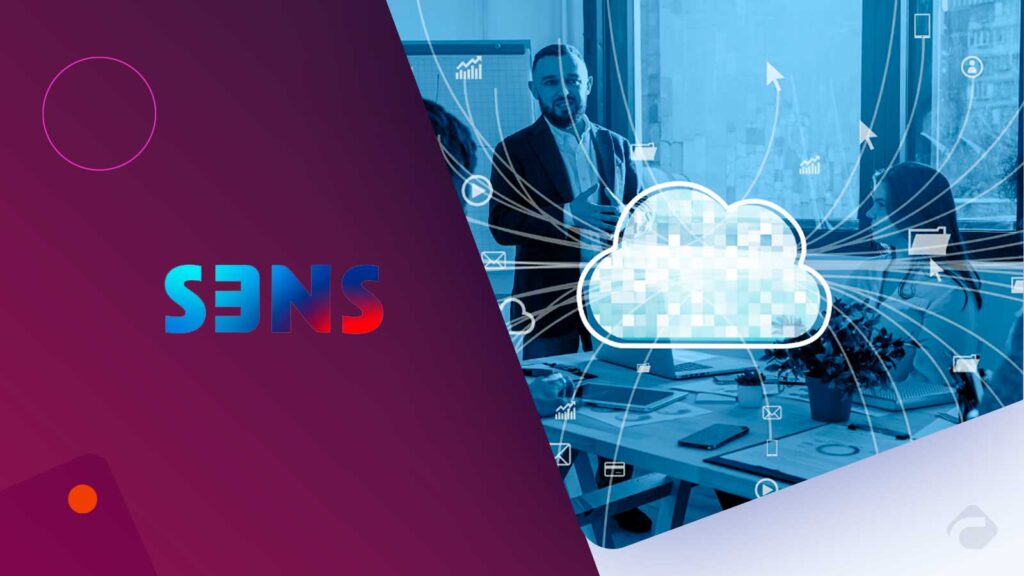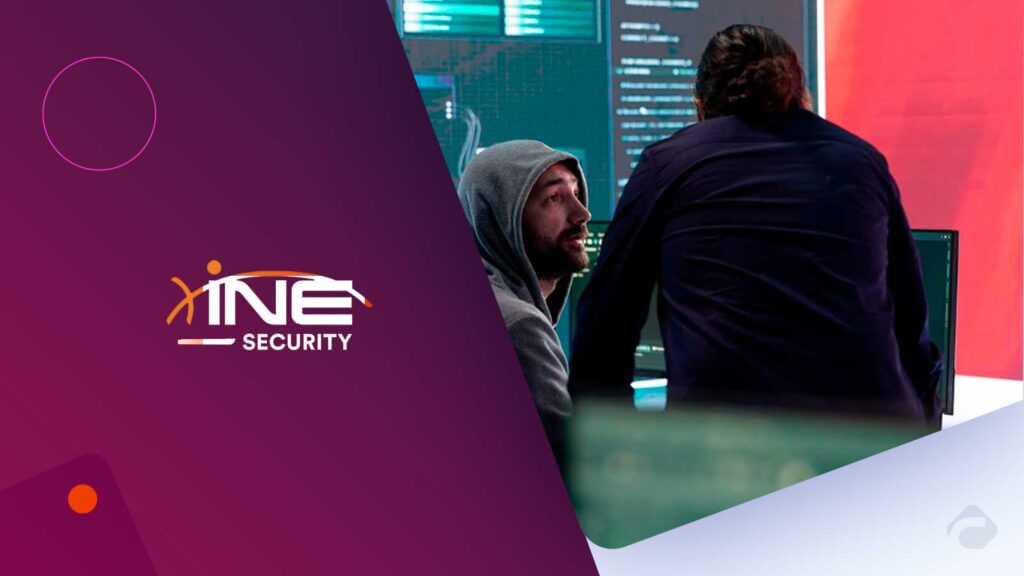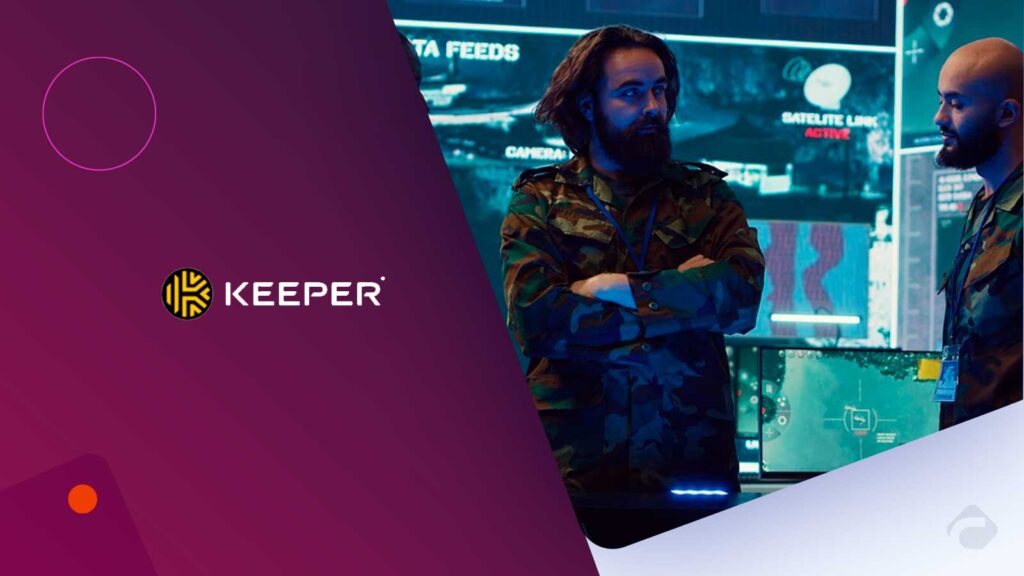“If I can watch it, I can trust it”- or can I? In today’s fast-paced digital world, trust is not only established by detailed reports. 15-Second Cyber Stories, short and people-focused narratives, are emerging as an effective method to convey trust quickly and efficiently.
Why 15-Second Cyber Stories Matter
In the field of cybersecurity, trust can be easily broken. In general, busy executives, tech enthusiasts, and professional audiences may only have a couple of seconds to judge whether a platform, tool, or vendor can be trusted. To give an example, according to PwC’s 2024 Global Digital Trust Insights, about 70% of senior executives expect to use AI for cyber defense in the coming year, while more than half of them (52%) acknowledge that the same technology could be used for cyberattacks. These figures underline the importance of fast and clear talking as the only way to gain trust. According to McKinsey & Company’s Technology Trends Outlook 2024, the ‘Digital trust and cybersecurity’ trend accounts for 30% of enterprise technology adoption momentum in 2024.
McKinsey’s 2023 report on digital trust highlights that companies leveraging micro-content for internal and customer communications see up to 30% higher trust perception scores.
What Is a 15-Second Cyber Story?
A 15-second cyber story is basically a short narrative – by means of a video, animation, or a brief visual – that helps one understand a cybersecurity incident, solution, or result. The main features of it are:
Single message focus: Feature the result or the action taken.
Relatable human context: Depict a person or group dealing with a genuine scenario.
Evidence-driven: Show the numbers, alerts, or visuals.
Call-to-trust: Encourage trust in the brand or prompt an action, e.g., enabling MFA.
The Building Digital Trust
Respect attention spans: Busy professionals won’t watch long demos or read lengthy reports; 15 seconds conveys the main idea efficiently.
Authenticity boost: Seeing a real person react to a threat makes it relatable—“This could have been me” builds trust.
Anchor memory: Short stories, like stopping a phishing email, are easier to recall than abstract concepts.
Extensive usage: Stories can be used for internal updates, customer communications, and partner briefings, with trust as the core focus.

How to Tell a Story in 15 Seconds
Use a straightforward method:
- Identify the point of trust: For example, “A phishing email was automatically detected and blocked.”
- Reveal the human side: Focus on the analyst or team that was involved.
- Show the timeline: Frame 1: Email opened. Frame 2: Threat detected. Frame 3: Action taken.
- Feature measurements: “Time to detection,” “zero data loss,” or “downtime prevented.”
- Add a prompt: Help action or engagement, e.g., “Turn on MFA right now.”
- Develop a library: Handle different scenarios: phishing, insider threats, cloud misconfigurations.

Applications Across Cyber Technology
Silences heavy data board or management meetings with a 15-second story. Tell the story instead of showing the slides.
Customers and partners: Real stories turned into emails, dashboards, or portals that can be used to build trust further.
Marketing and thought leadership: Micro-stories are different from the numerous webinars and white papers, and, thus, have the potential of attracting the attention of the audience quickly.
Gartner’s survey reveals that only 48% of digital initiatives meet or exceed their business‑outcome targets, highlighting the need for more trust‑oriented communication.
Insider tip: Keep your stories straightforward, quantifiable, and focused on people. Overly technical or complicated stories will lose their power.
Key Takeaways
In the online world, trust should be considered one of the main digital assets a company can have.
Instead of lengthy documents, short and relatable stories are the means by which trust can be built in a quicker manner.
By introducing humans in the story context, trust is built, and also, the whole concept of the cyber world becomes more approachable, as it can be quite difficult to understand the invisible world of the internet.
When a company is equipped with stories from different scenarios, it is easier for the company to build trust between the employees and also with the customers. McKinsey analysis shows organisations recognised as ‘digital‑trust leaders’ are 1.6 times more likely than average businesses to achieve revenue and EBIT growth rates of at least 10%.
They should be able to confirm success by measuring the effect through engagement metrics and trust scores.
Conclusion
In fact, cybersecurity does not only concern protection methods such as firewalls; the point is that it should make people feel safe. By moving from long explanations that take even an hour to telling a story in 15 seconds, companies firmly establish a connection with their audience’s time, worries, and experience. These brief accounts, in fact, turn trust into something that the audience can touch, remember, and put into effect.
FAQs
Q1: What are the best formats for the production of 15-second stories related to cyber?
It can be best attained via one-minute video renditions, lively motion graphics, or a series of images. Also, putting the text on screen and making the video suitable for mobile devices is recommended.
Q2: Can these narratives be shared with the insider community as well as with the outsider community?
Of course. They can be used in the presentation of information to the board, in internal communications with the employees, as well as in customer relations and partner engagement activities.
Q3: How can I determine if the stories have the desired effect?
You can measure effectiveness by checking the rates of the videos being watched to the end, the number of visitors clicking on a link, engagement metrics, and trust scores such as NPS.
Q4: How often should stories be refreshed?
A quarterly update would be perfect as it would be in accordance with the constantly changing cyber threats and technologies.
Q5: How am I allowed to ensure that I am in line with the regulations?
Firstly, it is essential to use data that is completely anonymous but representative of the real world; secondly, to obtain the necessary consents from people involved; and thirdly, to ensure that there is no revealing of any personally identifiable information (PII).
Don’t let cyber attacks catch you off guard – discover expert analysis and real-world CyberTech strategies at CyberTechnology Insights.
To participate in upcoming interviews, please reach out to our CyberTech Media Room at info@intentamplify.com.







